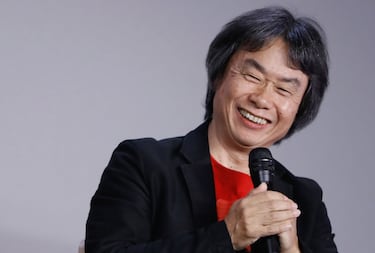Miyamoto defended video games against movies after the release of Zelda: Ocarina of Time: 'The new frontier is interactivity'
25 years ago, the Japanese creative shared his views on the war between video games and cinema.

Video games are much younger than the cinema. That much is clear. The rise of the interactive industry, especially since the late 1980s, has been a different story. The war between the two media was a battlefield between those who chose one way or the other to enjoy a hobby. In 1999, Shigeru Miyamoto gave an interview in which he explained his view of the conflict and how video games could be influenced by cinema and vice versa.
“The new frontier is interactivity”: Miyamoto-san’s response to the media wars
“There’s people out there who think “games are inferior to movies”, but the new frontier is interactivity, so rather than fighting over winners and losers in the here-and-now, I say let’s enjoy working constructively towards that new future.”
As early as 1999, Miyamoto-san confirmed that figures from the American film industry had visited Nintendo to talk about interactivity. “They’re very serious about it. But they still don’t know what they’re doing yet. Just as Japanese people, when they first started filming movies, didn’t know all the techniques of filmmaking—they’d use cranes for overhead shots that Western directors would use a helicopter for—these film people couldn’t imagine encoding all that different jump data in the terrain itself.”

Can a game incorporate cinematic elements? Miyamoto-san answered in 1999
The debate is still raging 25 years later. Many people talk about whether a video game should be true to its spirit or whether it should take licenses on a mechanical level to try to be realistic. Miyamoto-san was clear at the time, referring to his work on The Legend of Zelda: Ocarina of Time.
Related stories
“Yes, and yet it doesn’t interfere with the gameplay,” he begins. “That’s the problem with movies, if you add too many, they can confuse the players sense of direction, and actually make the game harder to play.”
To prevent these elements from becoming confusing, Miyamoto-san said that they had to know how to do things very well, and that experience would allow them to develop their intuition. That way, they could balance the elements of both media without going overboard. “In doing so we’re going to create a whole new grammar of interactivity. It’s a range of possibilities that do not exist in movies, I believe,” he concludes.



Complete your personal details to comment